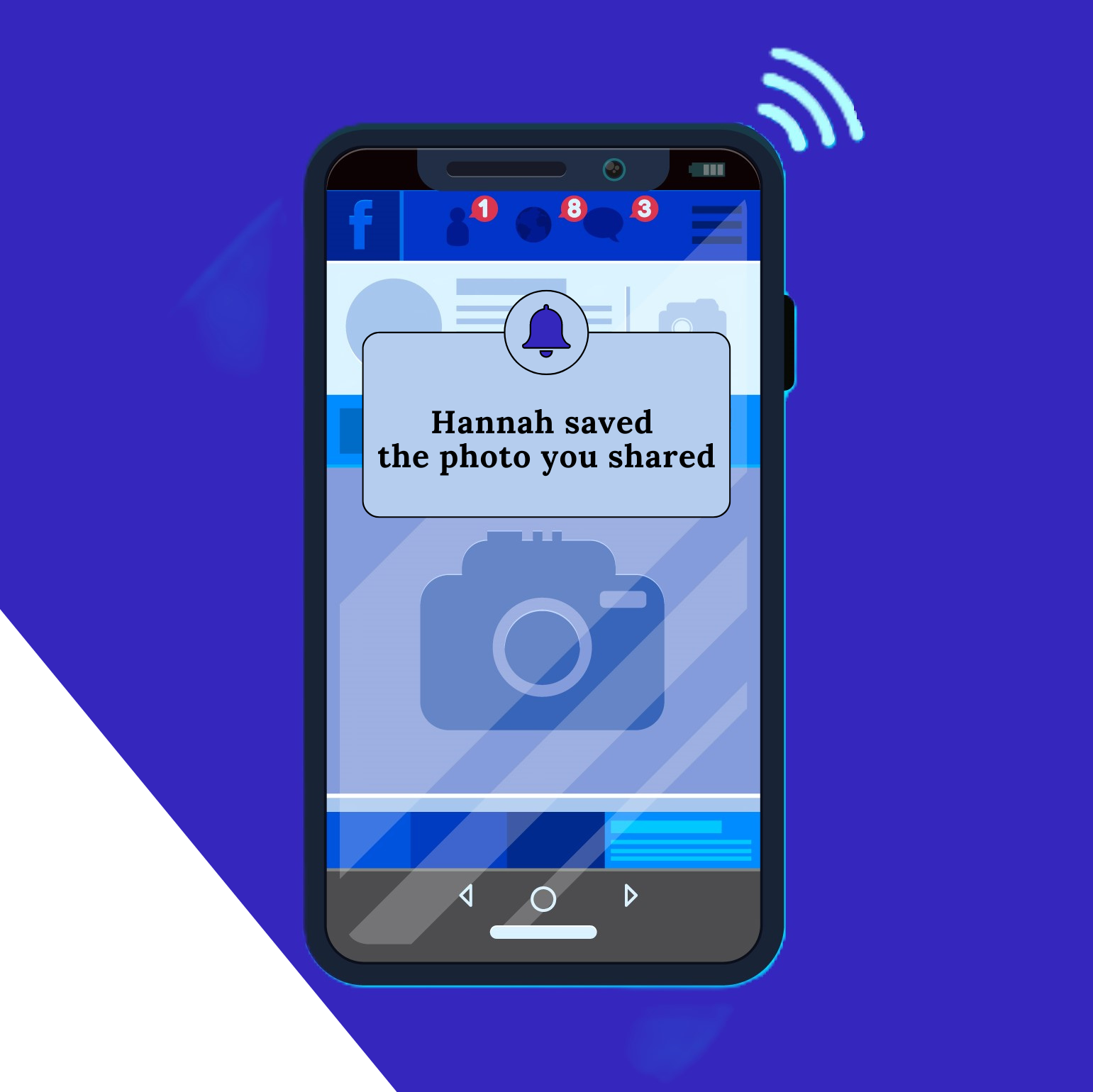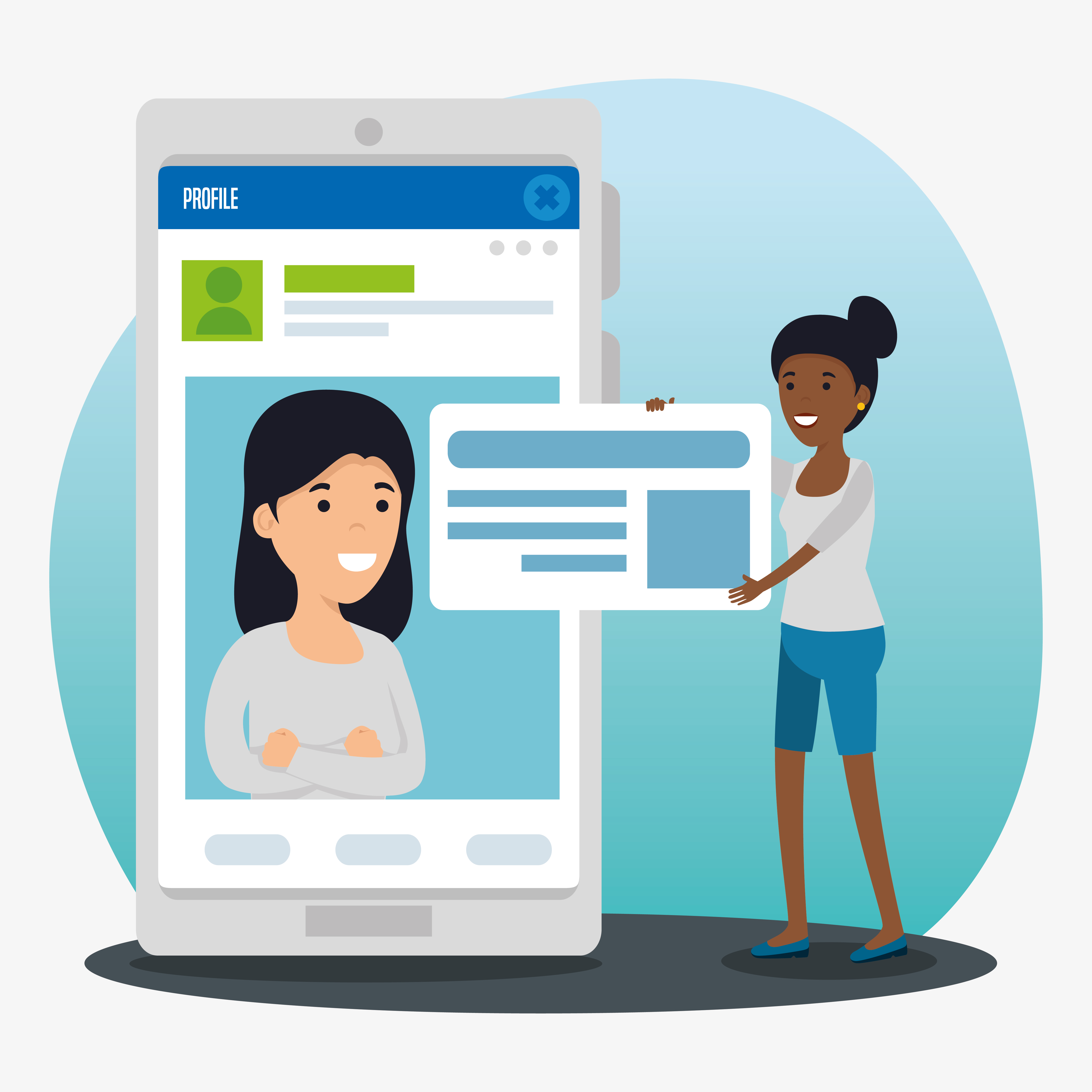- December 12, 2023
- Digital Marketing
LinkedIn vs Facebook: A Comprehensive Comparison

In the realm of social media platforms, LinkedIn and Facebook stand out as two of the most prominent players. While LinkedIn is often associated with professional networking and career development, Facebook is renowned for its vast user base and diverse range of social interactions. However, when it comes to leveraging these platforms for business purposes, it’s important to understand their distinct features, benefits, and limitations. In this comprehensive comparison, we will delve into the world of LinkedIn and Facebook, exploring their history, user base, features, advertising capabilities, and more. Let’s dive in and explore the similarities and differences between these two platforms.
A Brief Overview of LinkedIn and Facebook
LinkedIn: The Professional Networking Powerhouse
LinkedIn, founded in 2002 and launched in 2003, has established itself as the go-to platform for professional networking. It was created with the aim of connecting professionals and facilitating career advancement. With over 700 million users worldwide, LinkedIn provides a platform for individuals to showcase their skills, experience, and professional achievements. It offers a range of features tailored to professionals, including job listings, networking groups, and industry-specific content.
Facebook: The Social Networking Giant
In contrast, Facebook, founded in 2004 by Mark Zuckerberg, initially started as a social network for college students. It quickly gained popularity and expanded its user base to include people of all ages and backgrounds. With a staggering 1.35 billion users, Facebook has become a global phenomenon, connecting individuals and fostering social interactions. While it may not have been designed specifically for professional networking, Facebook has evolved to offer various features that can be leveraged for business purposes.
User Base: Size, Demographics, and Engagement
When it comes to user base, Facebook undoubtedly takes the lead with its massive 1.35 billion users compared to LinkedIn’s 700 million users. However, raw numbers don’t tell the whole story. It’s essential to consider the demographics and engagement levels of these platforms to determine their suitability for business purposes.
Facebook boasts a diverse user base, with users spanning across different age groups and backgrounds. It is particularly popular among younger demographics, with a wide range of users aged 18 to 64. Users spend an average of 33 minutes per day on the platform, engaging with various content, including posts, photos, videos, and games.
In comparison, LinkedIn primarily caters to professionals and individuals seeking career-related opportunities. Its user base consists mainly of working professionals, with a focus on individuals in their 30s and older. Users spend an average of 17 minutes per month on LinkedIn, mainly utilizing the platform for professional networking, job searching, and industry-specific content consumption.
While Facebook’s user base is larger and more diverse, LinkedIn’s user base is more targeted and focused on professional connections. This distinction is crucial when considering the suitability of each platform for business purposes.
Features and Functionality: Professional Networking vs Social Interactions
LinkedIn and Facebook offer distinct features and functionality tailored to their respective purposes. Let’s explore the key features of each platform and how they can be leveraged for business.
LinkedIn Features: Professional Networking and Career Development
LinkedIn’s core features revolve around professional networking and career development. Users can create a comprehensive professional profile, highlighting their skills, experience, and education. This profile serves as a digital resume and a platform for showcasing expertise to potential employers, clients, and industry peers. To make a strong first impression, your photo should be professional—avoid messy backgrounds. You can use tools like background changers to ensure your profile looks polished.
LinkedIn’s Groups feature allows users to join industry-specific communities, connect with like-minded professionals, and engage in discussions around relevant topics, among them being job interview tips and tricks. This feature is particularly valuable for networking, knowledge sharing, and building professional relationships.
Additionally, LinkedIn offers a range of tools and features designed to assist with job searching and recruitment. For such a purpose, the benefits of A.I. powered LinkedIn captions will greatly come in handy, offering a variety of proven paragraphs that attract attention. Sales professionals can use Sales Navigator to generate leads.
Facebook Features: Social Interactions and Content Sharing
While Facebook may not have been initially designed for professional networking, it offers a plethora of features that can be harnessed for business purposes. Users can create personal profiles, connect with friends and family, and engage in various social interactions through posts, photos, videos, and comments.
On the other hand, Facebook Business Pages, specifically designed for businesses, provide a platform for companies to establish an online presence, share updates, and interact with their audience. With over 25 million business pages, Facebook offers ample opportunities for businesses to connect with their target audience, build brand awareness, and drive engagement.
Facebook’s advertising capabilities are also noteworthy. The platform allows businesses to create targeted ads based on user demographics, interests, and behaviors. This level of targeting, combined with Facebook’s massive user base, presents significant opportunities for businesses to reach their ideal customers and drive conversions.
Advertising Capabilities: Targeting and Engagement
Both LinkedIn and Facebook offer robust advertising platforms, enabling businesses to reach their target audience effectively. Let’s explore the advertising capabilities of each platform and their suitability for different types of businesses.
LinkedIn Advertising: Targeted and Professional
LinkedIn’s advertising platform is particularly effective for B2B marketing and professional targeting. The platform allows businesses to create targeted ads based on factors such as job title, industry, company size, and more. This level of granularity enables businesses to reach decision-makers and professionals in specific fields with precision.
LinkedIn’s Sponsored Content and Sponsored InMail ads offer opportunities for businesses to engage with their target audience directly. Sponsored Content appears in users’ feeds, while Sponsored InMail allows businesses to send personalized messages to users’ LinkedIn inboxes.
Additionally, LinkedIn offers robust analytics and reporting tools, providing businesses with insights into ad performance and audience engagement. This data-driven approach allows businesses to optimize their campaigns and drive better results.
Facebook Advertising: Broad Reach and Versatility
Facebook’s advertising platform offers unparalleled reach and versatility. With its vast user base and extensive targeting options, businesses can create highly targeted ads based on user demographics, interests, behaviors, and more.
Facebook’s ad formats, including image ads, video ads, carousel ads, and lead ads, provide businesses with multiple options to captivate their audience and drive engagement. Businesses can leverage Facebook’s ad platform to deliver brand awareness campaigns, generate leads, and drive conversions.
Moreover, Facebook’s remarketing and lookalike audience capabilities allow businesses to target users who have previously interacted with their brand or users who share similar characteristics to their existing customers. This level of targeting and personalization enhances the effectiveness of advertising campaigns on the platform.
Conclusion: Choosing the Right Platform for Your Business
In the battle between LinkedIn and Facebook for business purposes, there is no clear winner. Both platforms offer unique features, targeting capabilities, and engagement opportunities. The choice between LinkedIn and Facebook depends on the nature of your business, target audience, and marketing goals.
LinkedIn excels in professional networking, career development, and B2B marketing. It provides a focused and professional environment for connecting with industry peers, showcasing expertise, and finding job opportunities. If your business primarily targets professionals and B2B customers, LinkedIn may be the ideal platform for your marketing efforts.
On the other hand, Facebook’s massive user base, diverse targeting options, and versatile ad formats make it a powerful tool for reaching a broad audience and driving engagement. If your business targets a wide range of demographics and aims to build brand awareness, engage with customers, and drive conversions, Facebook may be the platform of choice.
Ultimately, it’s essential to consider your business objectives, target audience, and budget when deciding between LinkedIn and Facebook. Both platforms offer significant opportunities for businesses to connect, engage, and grow. By understanding the strengths and limitations of each platform, businesses can make informed decisions and leverage these platforms to their advantage.
Share it with your friends!
Explore
More
Ready to get started?
Harness the unmatched capabilities of ActionSprout to transform your Facebook strategy. Elevate engagement, captivate your audience, and achieve unparalleled results. Don’t wait – seize the opportunity.

